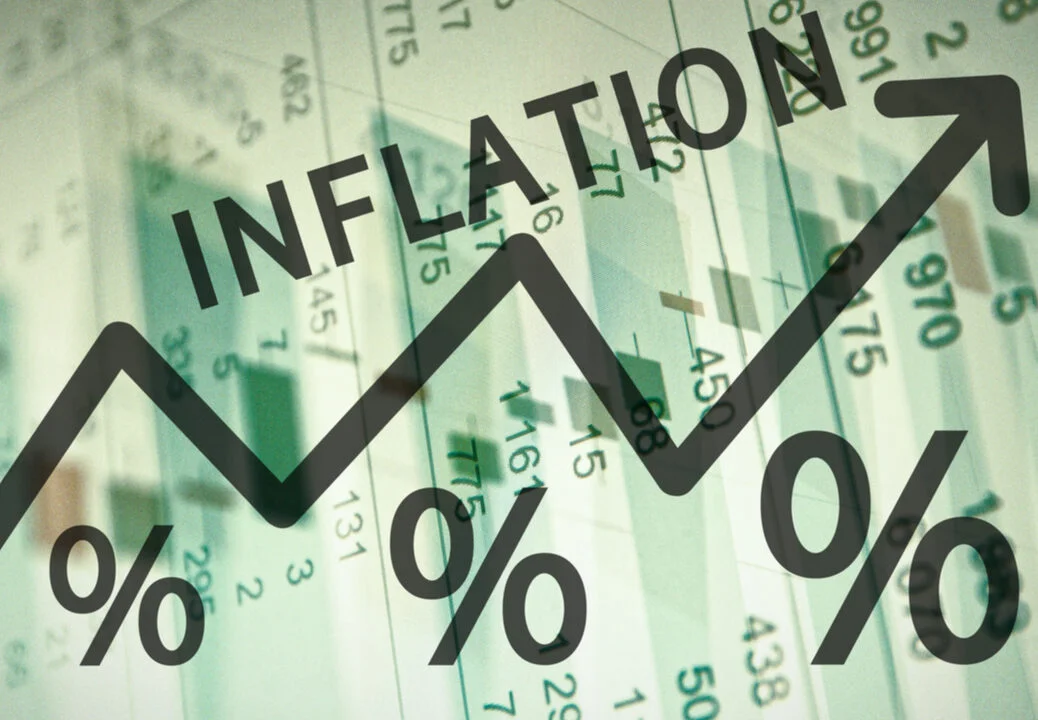If you’re a retiree (or near retiree) who isn’t worried about inflation, you’re either fabulously wealthy or not paying attention. Even for super savers, inflation is retirement kryptonite. To keep up with rising costs, you may be forced to take larger withdrawals from your portfolio, increasing the risk that you’ll outlive your nest egg. And if inflation is accompanied by a bear market, as it is now, those withdrawals can leave a permanent hole in your portfolio.
More than 70% of individuals age 50 and older are concerned that inflation will cause serious economic hardship during their retirement, according to a recent national poll Kiplinger conducted with Athene, a retirement services company. Although you can’t control the inflation rate—or the stock market—you can take steps to protect your retirement security.
The 4% Rule for Retirement Withdrawals
One of the most perplexing questions facing retirees is this: How much can I withdraw from my savings each year without running out of money? For many, the answer has been to use the 4% rule, developed by William Bengen, an MIT graduate in aeronautics and astronautics who later became a certified financial planner.
Here’s how it works: In the first year of retirement, withdraw 4% from your IRAs, 401(k)s and other tax-deferred accounts (which is where most workers hold their retirement savings). For every year after that, increase the dollar amount of your annual withdrawal by the previous year’s inflation rate. For example, if you have a $1 million nest egg, you would withdraw $40,000 the first year of retirement. If inflation that year is 2%, in the second year of retirement you would boost your withdrawal to $40,800.
Although the 4% rule has held up well since it was introduced in 1994, Bengen acknowledges that a period of high inflation could threaten his formula. And this past year illustrates why: Using the above example, if you retired this year and withdrew $40,000 from your $1 million nest egg, you would increase your 2023 withdrawal to about $43,200 (assuming Kiplinger’s year-end forecast of 8%). That’s a significant amount under any circumstance, but such a sizable withdrawal during a bear market exposes you to what’s known as sequence-of-returns risk. If your account balance shrinks significantly during the early years of your retirement, you have fewer assets to create returns during market recoveries, posing the threat that you’ll run out of money in a retirement that could last decades.
Investment firm Morningstar recently recommended a 3.3% withdrawal rate for new retirees who have a portfolio mix of 50% stocks and 50% fixed-income investments and a 30-year time horizon. Morningstar based its recommendation on an analysis that suggests that the above-average returns investors enjoyed before the recent bear market are likely to be lower in the next 30 years.
Financial planners say retirees should view the 4% rule as a guideline, not something that’s engraved in stone. Cecil Staton, a certified financial planner in Athens, Ga., sets up guardrails for his clients that reflect their individual circumstances, with withdrawal rates ranging from 3% to as high as 6%. “Somebody in their early sixties is probably going to have a different guardrail than somebody in their seventies,” he says. “The longer money needs to last, the more conservative you should be with withdrawal rates.”
Reducing your withdrawals at a time when everything costs more can be a challenge. But in the early years of retirement, trimming your withdrawals by even a small amount—say, from 4% to 3.8%—will reduce the risk that you’ll run out of money, says Wade Pfau, professor of retirement income at the American College of Financial Services. Over a 30-year period, he says, “even small changes can have a big impact.”
Monitor Investment Fees
High investment costs can put an additional drag on your portfolio at a time when you can least afford it. A recent report from Pew Charitable Trust found that workers who roll their 401(k) plans into an IRA often end up paying higher fees for mutual funds than they paid when their money was in a 401(k). Workplace retirement plans can use their purchasing power to offer institutional-class shares, which are usually less expensive than the retail-class shares sold by IRA providers.

